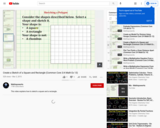
This video explains how to sketch a square and a rectangle.
- Subject:
- Mathematics
- Material Type:
- Lesson
- Date Added:
- 04/20/2021

This video explains how to sketch a square and a rectangle.
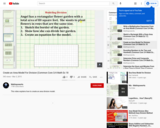
This video explains how to create an area division model.
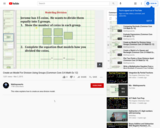
This video explains how to create an area division model.
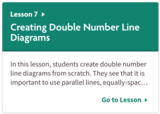
Unit 2: Introducing Ratios
Lesson 7: Creating Double Number Line Diagrams
In this lesson, students create double number line diagrams from scratch. They see that it is important to use parallel lines, equally-spaced tick marks, and descriptive labels. They are also introduced to using the word "per" to refer to how much of one quantity there is for every one unit of the other quantity.
Double number lines are included in the first few activity statements to help students find an equivalent ratio involving one item or one unit. In later activities and lessons, students make their own strategic choice of an appropriate representation to support their reasoning (MP5). Regardless of method, students indicate the units that go with the numbers in a ratio, in both verbal statements and diagrams.
Note that students are not expected to use or understand the term "unit rate" in this lesson.
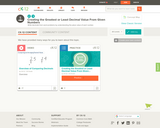
This short video and interactive assessment activity is designed to give fifth graders an overview of comparing decimals.
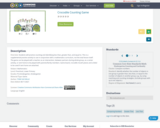
Students will practice counting and identifying less than, greater than, and equal to. This is a supplemental practice activity to use in conjunction with a mathematics curriculum, not the total lesson itself. The game can be played with a teacher as an intervention, between partners during whole group, as a center activity, or sent home to be played with parents/family members. Game board, crocodile mouth pieces and a letter to be used if sent home are attached.
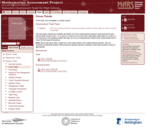
In this task, you investigate a number puzzle.
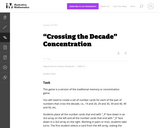
Students practice crossing from one family to the next in counting forward with this concentration game.
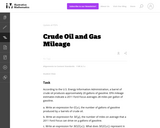
This word problem requires students to create expressions to calculate gas milage for a vehicle.
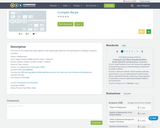
In this Cyberchase video segment, Shari Spotter gets help from the CyberSquad in doubling a recipe for crumpets.
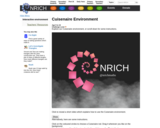
This Nrich interactive environment can be used with students, perhaps on an interactive whiteboard, for many different purposes. These might include, for example, exploring ideas associated with factors and multiples, or addition and subtraction. It is also an ideal context in which to investigate fractions and ratio, or to look at finding combinations.
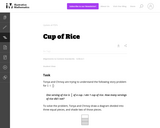
One common mistake students make when dividing fractions using visuals is the confusion between remainder and the fractional part of a mixed number answer.
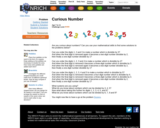
This Nrich problem is intentionally difficult as it stands, but this allows us to focus on promoting resilience and perseverance with children.

This task requires students to computer currency exchanges.
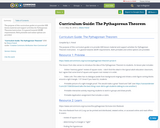
The purpose of this curriculum guide is to provide OER lesson material and support activities for Pythagorean Theorem instruction. It is geared towards GED® requirements. Both printable and online options are provided.

The purpose of this curriculum guide is to provide OER lesson material and support activities for Pythagorean Theorem instruction. It is geared towards GED® requirements. Both printable and online options are provided.
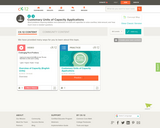
This short video and interactive assessment activity is designed to teach third graders an overview of capacity (english units).
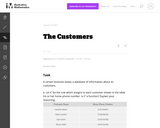
The purpose of this task is to introduce or reinforce the concept of a function, especially in a context where the function is not given by an explicit algebraic representation. Further, the last part of the task emphasizes the significance of one variable being a function of another variable in an immediately relevant real-life context.

In this engineering, math, and sustainability project students answer the question, “Can I ride 53 miles on a bike from the energy of a single burrito?” They must define their variables, collect and analyze their data, and present their results. By the end of this project, developed by Allen Distinguished Educator Mike Wierusz, students should have all the information they need to design a burrito that would provide them with the exact caloric content necessary to ride 53 miles.

This task requires students to work with unit rates.